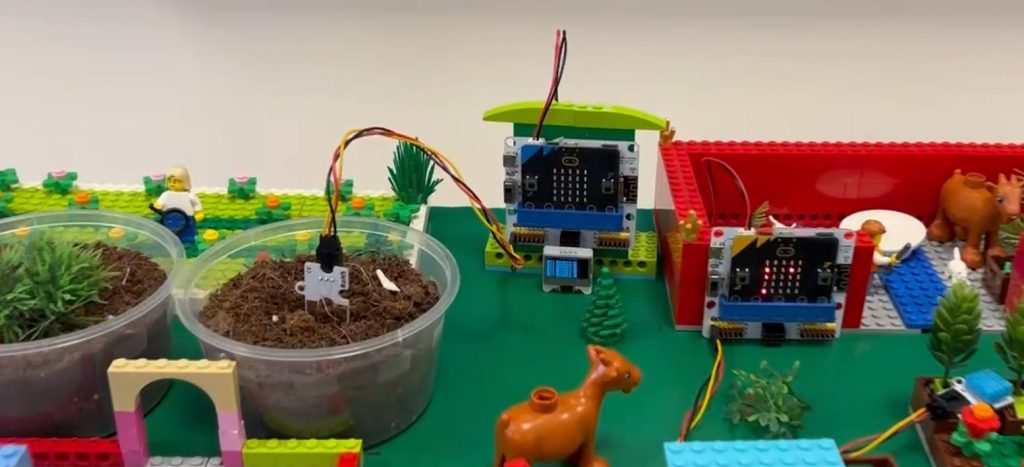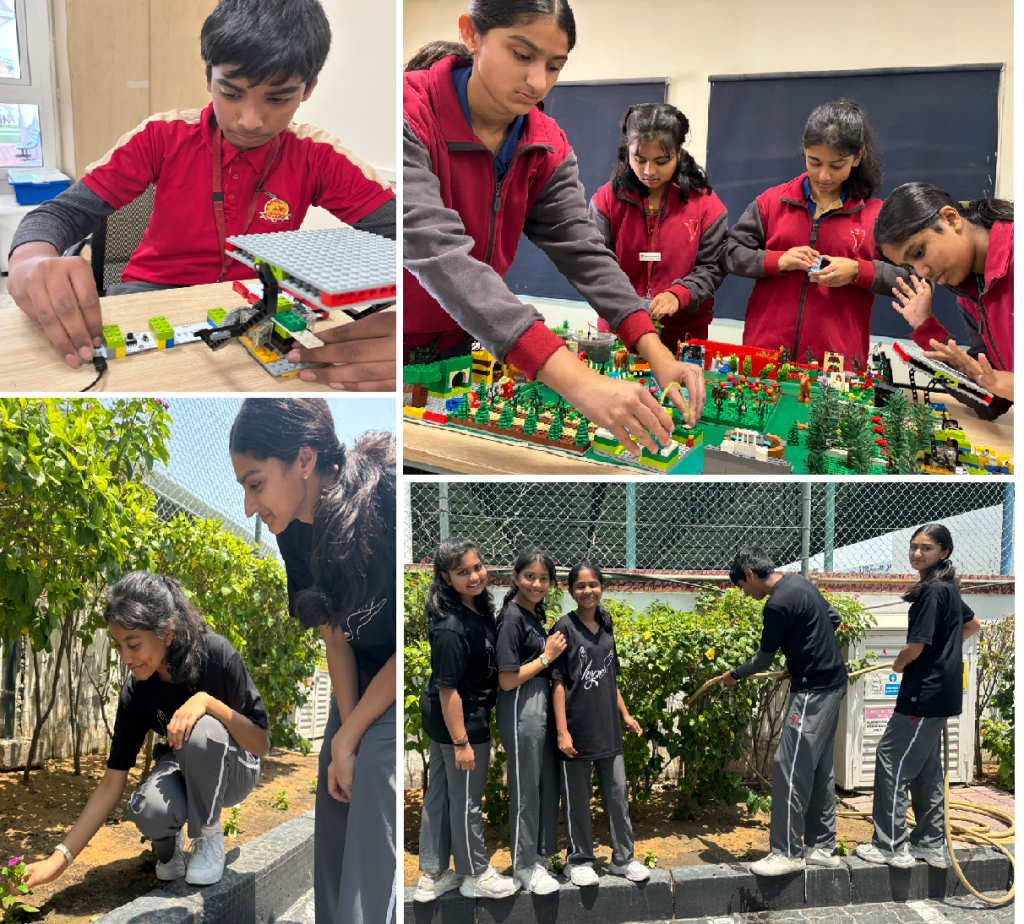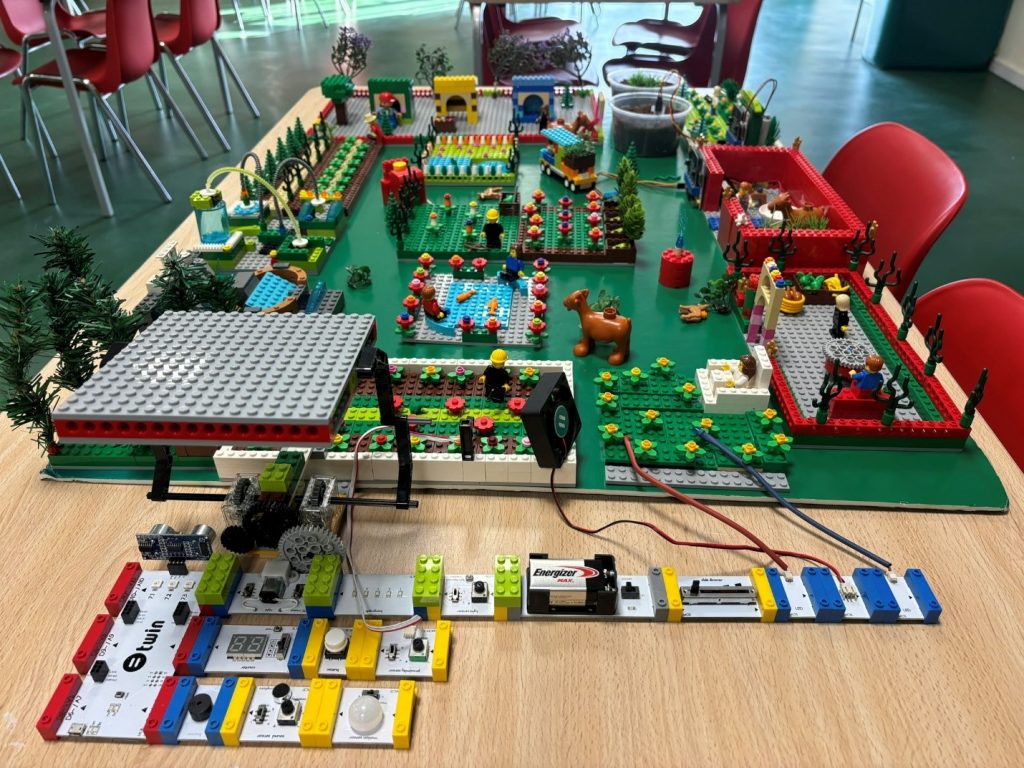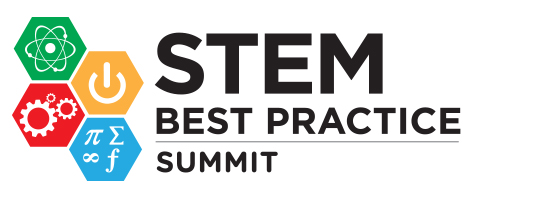GARDEN GENIE
INTRODUCTION
In today’s world, the challenge of achieving food security and sustainable agricultural practices has become increasingly crucial. With the growing global population, limited arable land, and the adverse effects of climate change, it is imperative to develop innovative solutions to ensure adequate food production while minimizing the environmental impact.
DATA AND STATISTIC
The current agricultural practices face several challenges such as inefficient resource management as over 60% of water used for gardening goes to waste due to overwatering or inadequate irrigation practices, reliance on chemical fertilizers, limited access to water, and labor-intensive processes. These factors contribute to food insecurity, environmental degradation, and increased greenhouse gas emissions.

SOLUTION
Our solution, Garden Genie, is an automated gardening system revolutionizing garden management and care, offering an efficient and sustainable solution for gardeners of all levels.
Our automated gardening system, developed using the Twin Science Education Kit and Microbit IoT, incorporates various STEM (Science, Technology, Engineering, and Mathematics) concepts. Here are a few details:
- Use of Sensors – The automated gardening system utilizes various sensors such as soil moisture sensor, temperature sensor, light sensor, proximity sensor, motion sensor and sound sensor to gather real-time data about the garden’s environment. This integration of sensor technology is crucial in monitoring and maintaining optimal growth conditions for the plants.
- Use of Control Systems – We have understood the control system with the help of coding model and were able to analyze and interpret how the commands are given and how they are executed using Twin Science Kit. These STEM concepts of engineering and control systems are crucial in automating the processes within the garden.
- Programming and Integration – In order to bring all the components together, programming and integration are essential STEM concepts in the design and implementation of the automated gardening system. For Example: Programming of Micro:bit for Soil Moisture estimation and temperature check.
By incorporating these STEM concepts into our solution, the automated gardening system not only provides an innovative and efficient approach to sustainable agriculture but also offers educational opportunities.
SDG CONNECTION
The problem our team chose to solve is inefficient resource management in gardening, which leads to water scarcity and environmental degradation. Due to lack of knowledge, many people overwater their plants or use inadequate irrigation methods, wasting water and contributing to global water scarcity concerns. Additionally, pests and diseases also can damage crops. In order to avoid these people, use excessive pesticides that harm the environment and human health. These issues can be aligned with SDG 2: Zero Hunger and SDG 12: Responsible Consumption and Production.

IMPACT
By using our automated gardening system – Garden Genie, we can make a significant impact on both our garden and the environment. It leads to a 50% increase in plant yield and a 75% reduction in pest-related damage, resulting in cost savings and reduced pesticide use. Additionally, the system promotes sustainable practices by reducing water consumption by 40%, addressing global water scarcity concerns.

TEAM’S TAKEAWAY MESSAGE
By participating in the Best Stem Innovation Project competition and developing the Garden Genie system, our team has learned the importance of integrating STEM concepts and technology to develop sustainable solutions. We have gained a deeper understanding of challenges faced in resource management as well as the potential of automation and sensors to optimize gardening practices. Our takeaway message is that small-scale actions, such as efficient gardening practices, can make a significant impact on both individuals as well as the environment. By using smart gardening solutions like Garden Genie, we can contribute to a more sustainable future for ourselves and our planet.
